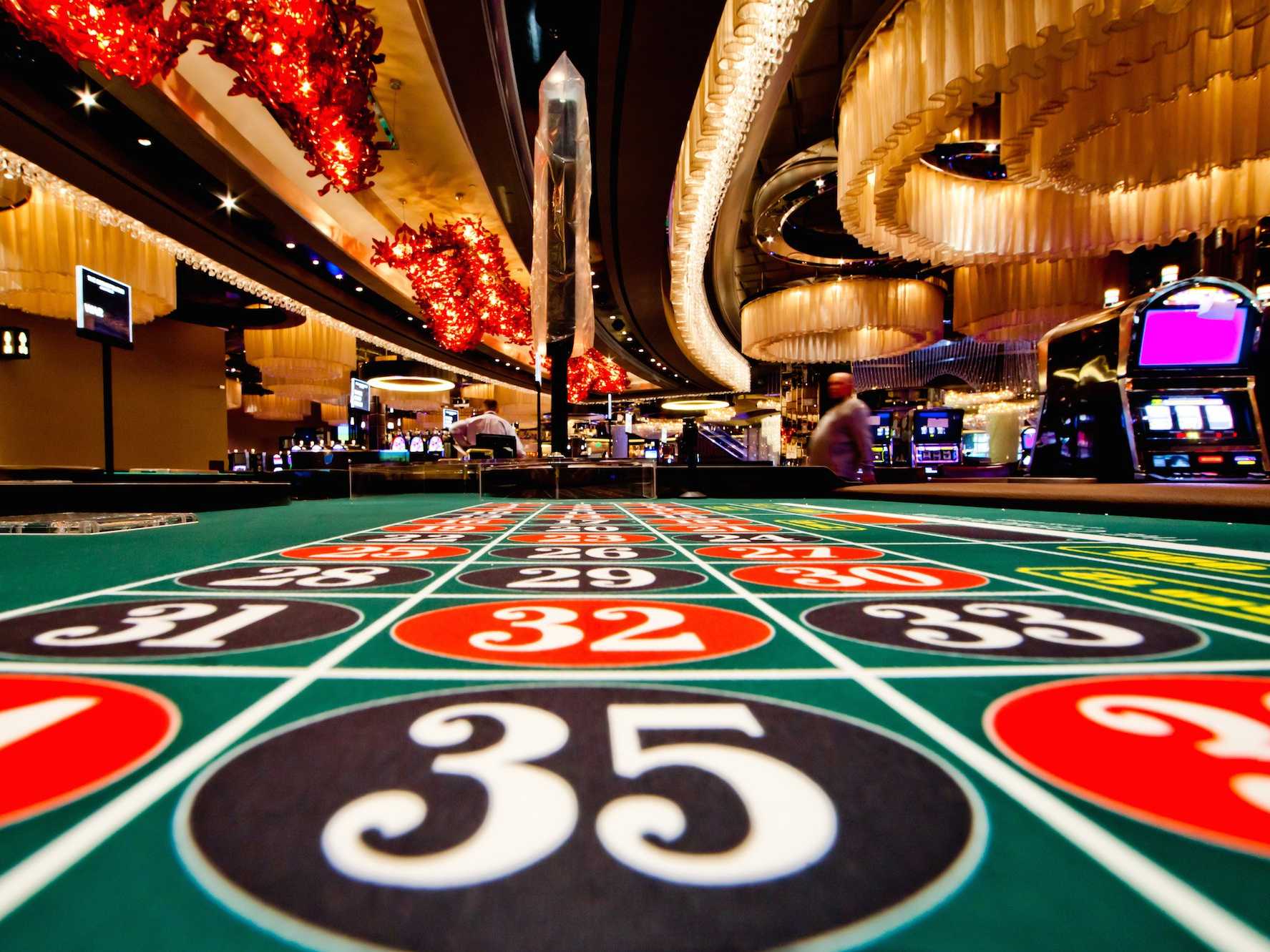In the lively and exciting world of gaming establishments, wherein fortune and strategy intertwine, color and design play a key role in attracting gamblers. From the moment players step into a casino or access a gaming platform, they are immersed in a sightly feast that grabs their attention and entices them to explore more. Vivid colors, captivating graphics, and creative layouts are meticulously crafted to create an atmosphere of thrill and expectation, ultimately enhancing the gaming experience.
As gamblers move through the dynamic landscape of casino games, they come across a variety of designs that not only serve visual purposes but also affect feelings and choices. Colors like scarlet and yellow symbolize wealth and fortune, while calm blues and emeralds can create a more relaxed environment. Grasping how these elements function together allows casinos to create an inviting and stimulating atmosphere that encourages players to interact with the games, invest additional time at the tables, and increase their overall enjoyment.
The Psychology of Tint in Casino Games
Color plays a crucial role in the design of casino games, shaping player emotions and behaviors. Bright and striking colors, such as red and gold, are often used to stimulate thrill and draw notice. These shades create a feeling immediacy and dynamism, encouraging participants to involve themselves more enthusiastically with the experience. By strategically selecting hues, designers aim to elicit feelings of satisfaction and excitement, which can enhance the total player experience.
Various hues also have psychological meanings that can impact how participants perceive their chances of success. For example, green is commonly associated with luck and prosperity, making it a popular choice in activities like roulette and poker tables. This link can cause participants to feel more positive and assured in their gaming, ultimately inspiring them to wager more. Comprehending these associations allows game creators to create environments that enhance player enjoyment and loyalty.

Furthermore, the interface of gambling game interfaces often utilizes color gradients and contrasting shades to instruct player actions. For instance, successful results may be emphasized with bright, opposing shades, creating a visual reward. This method strengthens favorable outcomes and promotes repeated gameplay. By utilizing the psychology of color, casinos can create activities that not only attract participants but also hold them involved and committed in their play experience.
Design Elements that Engage Gamers
The aesthetic appeal of casino games is primarily influenced by the implementation of vibrant colors. Lively and contrasting colors are deliberately chosen to create an inviting atmosphere that grabs attention. For instance, crimson and golds often signify good fortune and prosperity, which is why they are common in the color schemes of gaming machines and table surfaces. These colors not only attract players in, but they also evoke emotions related to thrill and expectation, enhancing the overall gaming experience.
In parallel to color, the design and organization of gambling games play a crucial role in player attraction. Games are designed to be user-friendly, ensuring that players can quickly understand the guidelines and mechanics. Accessible interfaces, along with captivating graphics and animations, help maintain gamer interest and encourage longer play sessions. The physical elements, such as the feel of the buttons and the audio of the games, also contribute to a holistic sensory experience that keeps players engaged.
In conclusion, conceptual elements in game design can greatly influence player choice. Many gambling games are inspired by popular culture, fairy tales, or exploration motifs, incorporating symbols and characters that connect with players. These themes create a sense of immersion and relatability, making each game feel distinct. When players feel a connection to the concept, they are more likely to opt for that game over others, leading to increased participation and excitement within the casino environment.
Case Studies: Notable Gambling Game Designs
One noteworthy example of impressive casino game design is the acclaimed slot machine series themed around hit movies. Games such as those based on the The Wizard of Oz and Game of thrones utilize bright colors and top-notch graphics to enthrall players in well-known narratives. The use of moving visuals and entertaining sound effects captures the focus of players, establishing an psychological connection to the theme. This strategy not only promotes longer play but also improves the overall gaming experience, leading to increased player retention.
Another effective case is the use of the psychology of color in table games like 21 and roulette. Casinos often create these games with deep reds and greens, colors traditionally linked with luck and wealth. For instance, the emerald felt on a blackjack table provides a relaxing effect, while the red accents in the wheel invite excitement. This deliberate use of color helps to establish an inviting atmosphere that encourages players to participate, satisfying their psychological impulses and boosting their enjoyment.
Finally, social casino games that feature social features and lively, lively designs have achieved remarkable success in engaging players. Games like Zynga’s Poker and Slotomania leverage bright colors and playful animations to create an inviting online environment. The addition of leaderboards, community sharing options, and in-game rewards encourages competition and community, pulling players in for longer sessions. Such designs not just make the games visually attractive but also underscore community engagement, a key factor in player retention and engagement within digital casino environments. https://d2ol.com/